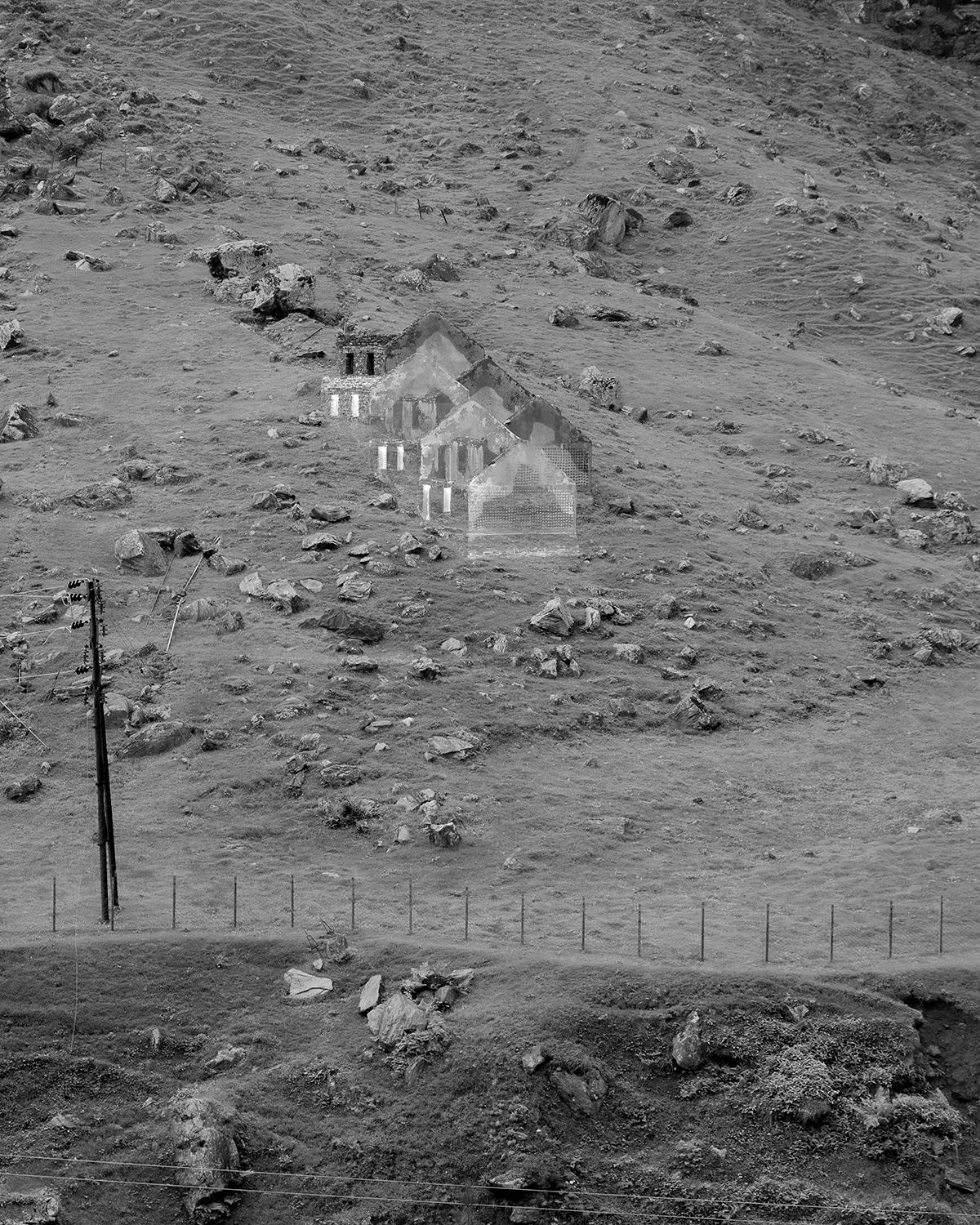
Aaryan Sinha
Keywords: Colonialism, History, India pakistan
1947, the year they left, and the year we separated. Almost a hundred years before that, they introduced photography to us. It was the ideal instrument to catalogue their journeys.
The map I grew up with is different from yours. The map of India that Indians grow up with is different from the one Pakistanis grow up with. The map is different from what the United Nations sees India to be. It is also different from the one my grandfather grew up with.
I lost him at the age of six, and the only memories I hold of him are the stories from my father and grandmother. One story that has stuck with me is one of my father accompanying him to an Indian Military College, RIMC, where he graduated from to join the Indian Armed Forces. It was a reunion with Indian Army officials as well as Pakistani ones. The fact was that they grew up together, learned together, drank together, and ate together. But after 1947, they would be face to face against one another.
The border is what separates us; it is where history is embedded. History that defines the identity of the land I come from, the land where I lost my grandfather. The hastily drawn line by the British separated cities, villages, and families. Using photography, "This isn't Divide and Conquer" investigates how historical events play a part in shaping the Indian landscape and the identity of its people while questioning the relationship between photography, colonialism, and my position within this realm. In my journey to places old and new, this project takes shape. It is conceived in the five states of India that share a border with Pakistan. Cataloguing my journey, trying to understand the direct and indirect impact of the separation 75 years ago as we gained our independence.

